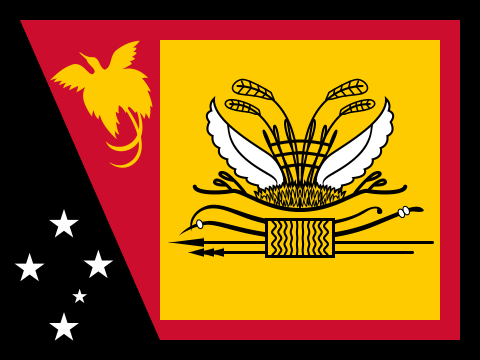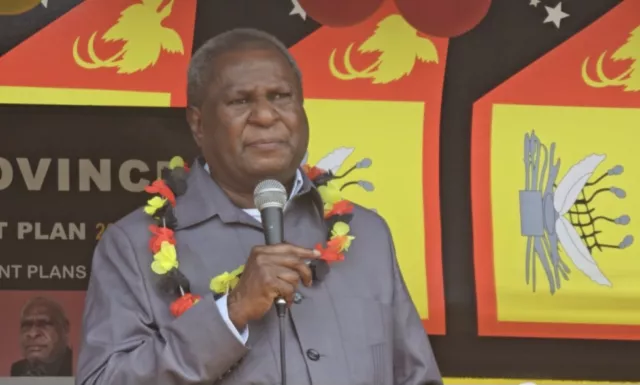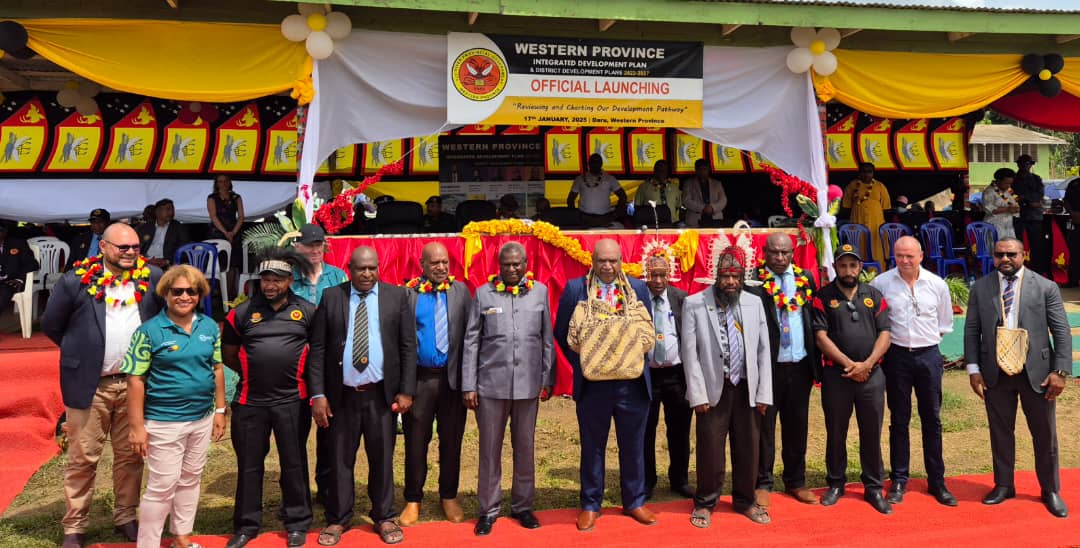Join the Western Province Public Service Now...
Position Vacancies
Western Province
The Western Province, located southwest of Papua New Guinea, shares two international borders with Indonesia to the west and Australia to the south. Additionally, it shares provincial borders with the Southern Highlands, Hela, West Sepik, and Gulf Provinces. With a landmass totaling 98,189 km², it is the largest province in the country, accounting for 21% of PNG’s total landmass.
Geography
According to CSIRO (1971), the geography of the Western Province is diverse. The North Fly District is characterized by high rugged mountains and plateaus up to the Hindenburg Range, and deep valleys in the upper Strickland, Lake Murray, Wok Feneng, and Ok Tedi Rivers. Approximately 40 km north of Kiunga and Nomad, the landscape transitions into flood plains, plains, and hills of the lower Fly, Ok Tedi, and Strickland Rivers. South of Lake Murray, the Strickland River merges with the Fly River in the Middle Fly to form the country’s largest river. East of Lake Murray lie the plains and hills of the Aramia and Guavi Rivers, extending to the border with the Gulf Province. The South Fly covers the Fly River delta and its islands, as well as the flood plains and plains of the Kusa,
Kutuburra, Morehead, and Bensbach Rivers. The altitude in the province varies from sea level to over 3,000m on the Hindenburg Range. However, most of the province lies below 150m, with the topography rising to high hills in the northwest of the Middle and North Fly Districts. The average annual rainfall in the Western Province ranges from 2,000mm in the south to about 4,000mm in the north, like many parts of PNG. Daily maximum temperatures hover around 30-32 degrees Celsius, with a mean range of 19-23 degrees Celsius. The climate is much cooler in the Star Mountain and Olsobip areas, while it is humid in the Kiunga and Fly delta areas, and further down the Fly towards the south of the province.
Population & Demographics
The province is home to a culturally diverse population, with various indigenous groups residing in the area, including the Kiwai, Bamu, and Fly River peoples. Economically, Western Province has significant potential in various sectors. The region is known for its abundant natural resources, including timber, minerals, and fisheries. Mining activities, particularly in the Ok Tedi mine located in the Star Mountains, have played a significant role in the province’s economy, generating revenue and employment opportunities. As of 2021, the Western Province has an estimated total population of 315,2731 people, with the North Fly District having the largest proportion.
Political & Administrative Structure
The province is divided into 4 Districts, 16 Local Level Governments (LLGs), and 336 wards. Daru is the capital of the Western Province, where the seat of the Government is located, and remains as the provincial headquarters.



